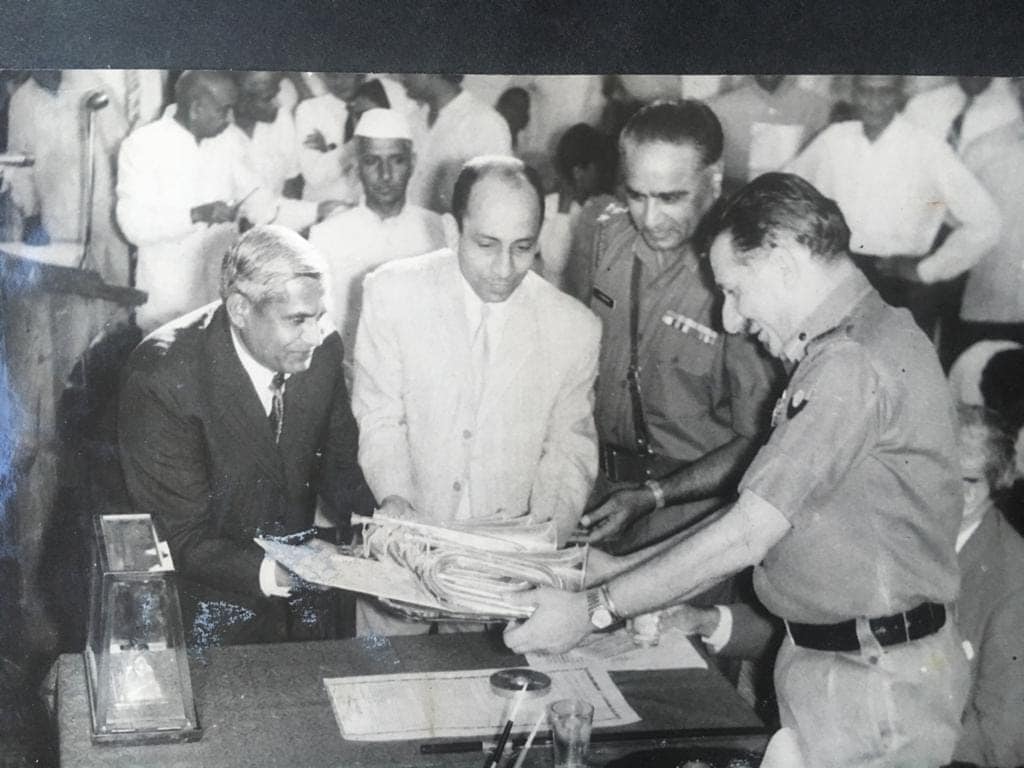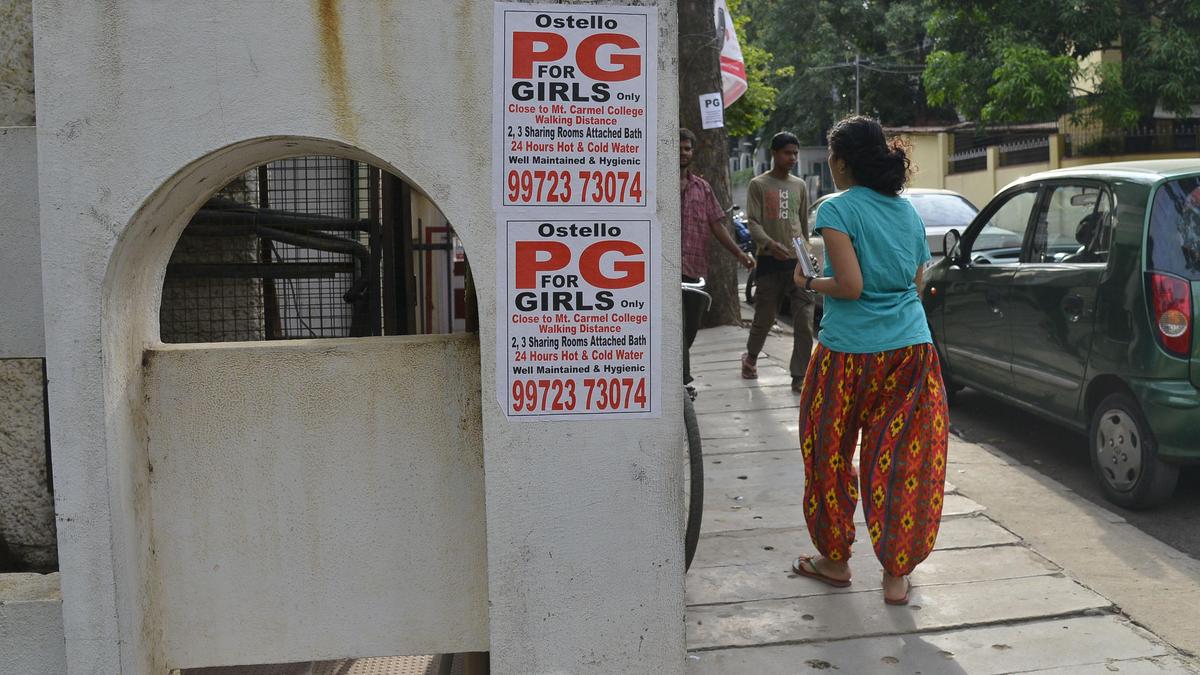ARTICLE AD BOX
Last Updated:November 18, 2025, 12:16 IST
The recognition, artisans say, could finally restore the respect, market value, and future that their century-old craft has long deserved.

The Meerut bugle is not just a musical instrument; it is a sound that has threaded through India’s military, political, and social history. (Image: News18)
Long before dawn breaks in India’s cantonments, the familiar sound that awakens troops is the sharp call of a bugle crafted in Meerut. This instrument, woven into the daily rhythm of the armed forces and used in wars, ceremonies, and parades for decades, has now received the GI tag. The recognition, artisans say, could finally restore the respect, market value, and future that their century-old craft has long deserved.
The Meerut bugle
The Meerut bugle is not just a musical instrument; it is a sound that has threaded through India’s military, political, and social history. Its presence has been deeply symbolic, whether in the 1971 Indo-Pak war when its piercing notes signalled readiness and command, or at the Rashtriya Swayamsevak Sangh’s first foundation day where it marked the beginning of the ceremony. Over time, from regimental parades to school events and from ceremonial receptions to cultural processions, the bugle has remained an unmistakable symbol of tradition and authority. What most people did not know, until recently, is that almost every one of those bugles originated in one city — Meerut.

The city’s association with bugle-making stretches back to the late nineteenth century. In the congested lanes of Jali Kothi stands Nadir Ali & Company, a modest but historic establishment that pioneered brass instrument fabrication in Meerut. The factory was founded in 1885 by craftsman Nadir Ali, who started with a small workshop producing bugles and trumpets. Over 140 years later, the company remains one of the most significant custodians of this craft. “Our grandfather began this work during the British era," says Faiz Aftab, the current director of the company, as he moves through a workspace filled with rolled brass sheets, wooden moulds, polishing blocks, and half-completed bugles awaiting tuning. “From British soldiers to freedom fighters, from military parades to visiting dignitaries—our bugles have been part of every kind of historical moment."

The instrument’s journey is deeply intertwined with the evolution of India’s military culture. During British rule, bugles were used as command tools on the battlefield, their clear tones cutting across noise and distance to issue instructions. As the armed forces evolved, the bugle retained its position of honour, becoming the lead instrument in most regimental bands. Even today, the majority of India’s defence units—including army, paramilitary and police forces—use bugles from Meerut. The city is also the primary supplier to several military and police academies.
But while the bugle remained relevant, its makers struggled to survive. Over the last few decades, the market has been flooded with cheap, machine-made or imported bugles that lack the acoustic depth of a handcrafted instrument. Many buyers, unaware of quality differences, shifted toward cheaper alternatives. Rising brass prices, declining orders, and the absence of formal recognition further pushed traditional workshops to the brink. Several small units in Meerut shut down. Only a handful — such as Nadir Ali & Company — continued, relying on their legacy and long-standing ties with the armed forces to stay afloat. “Making a bugle is not industrial work," Aftab explains. “It requires skill, rhythm, and a sense of sound. Every curve affects the pitch. Every hammer strike matters."
GI tag, a much-needed relief
Against this backdrop, the GI tag has arrived as a much-needed turning point. A Geographical Indication tag certifies that the product comes from a specific region and carries unique characteristics, craftsmanship, or reputation. For Meerut’s bugle makers, this means several significant changes. Counterfeit instruments can no longer be marketed as Meerut bugles. The tag also elevates the product’s brand value, encouraging buyers — including government institutions — to seek certified instruments. GI-tagged products often gain entry into global exhibitions, cultural fairs, and heritage showcases, opening new commercial avenues. Most importantly, it formally documents the craft, giving artisans recognition that had been missing for generations.
The GI tag has breathed fresh energy into the artisan community. Craftsmen say inquiries have already begun increasing. Young family members who previously wanted to leave the trade due to uncertain earnings are now reconsidering. Export prospects, particularly in countries where brass bands still hold ceremonial value, are emerging as a strong possibility. Some makers are even exploring collaborations with music academies and cultural organisations. “We believe this recognition will ensure that the craft does not die with our generation," Aftab says. “If customers understand authenticity and quality, demand will naturally rise."
However, challenges persist. Artisans said that the GI tag must be accompanied by sustained government support—marketing assistance, online marketplace access, training for younger craftsmen, and easier credit facilities. While the identity is now protected, the craft’s survival will ultimately depend on whether the market grows and whether customers actively choose authenticity over imitation. Yet, the mood in Meerut today is optimistic. For the first time in decades, craftsmen see a path toward revival.
As the sound of the bugle continues to echo across military grounds, parades, and national ceremonies, Meerut’s artisans hope that the world will finally recognise the skill, heritage, and dedication behind each handcrafted note. The GI tag, they believe, is not just an honour—it is the beginning of a new chapter for a craft that has served the nation for generations.
First Published:
November 18, 2025, 12:16 IST
News india Meerut Bugle Blows Global As City's 140-Year-Old Craft Gets GI Tag
Disclaimer: Comments reflect users’ views, not News18’s. Please keep discussions respectful and constructive. Abusive, defamatory, or illegal comments will be removed. News18 may disable any comment at its discretion. By posting, you agree to our Terms of Use and Privacy Policy.
Read More

 1 hour ago
5
1 hour ago
5









 English (US) ·
English (US) ·